Complete guide to bird’s nest fern care
From the tree-tops to table-tops, a bird’s nest fern is a unique addition to your home.
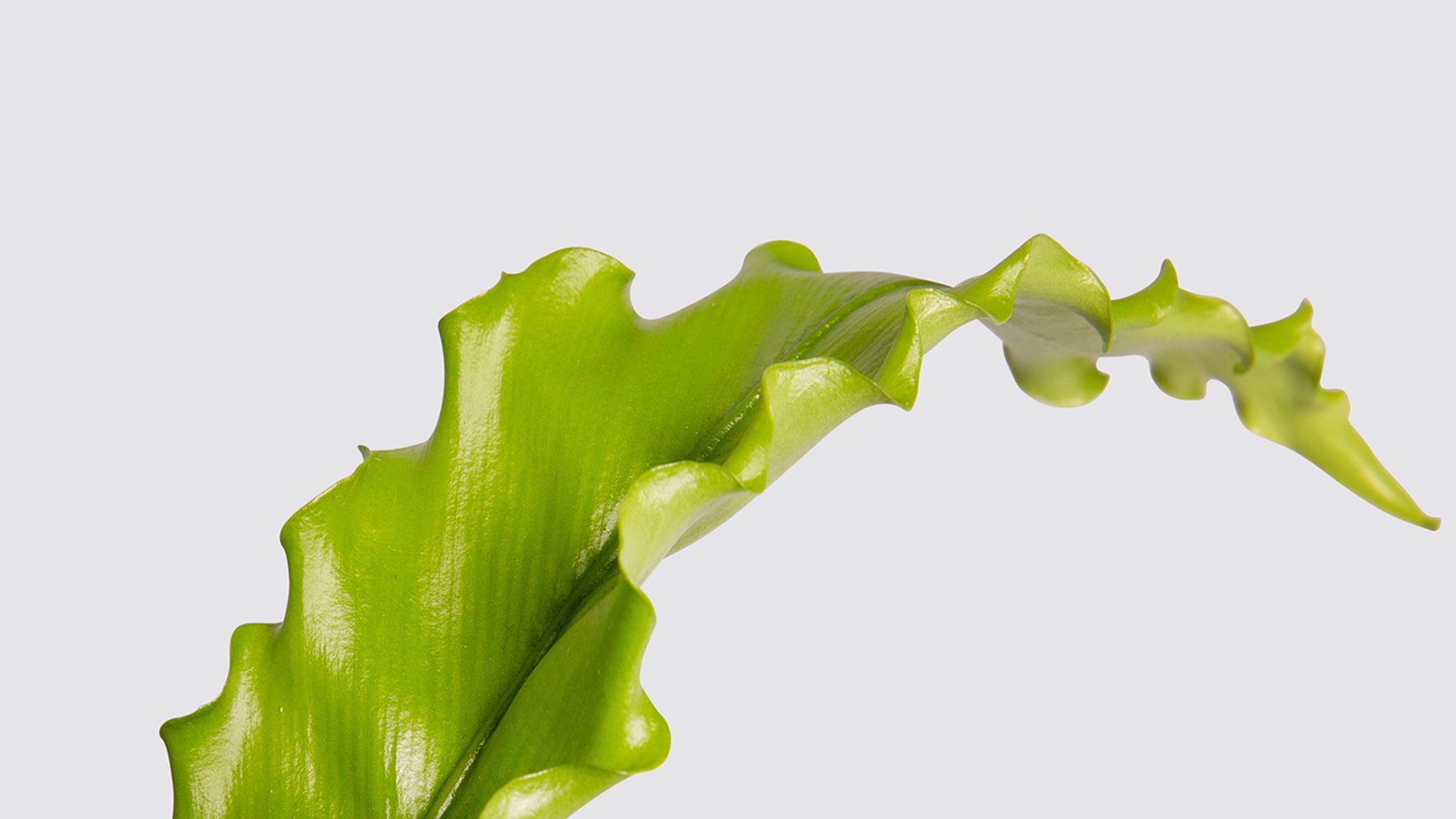
With their spectacular ruffled leaves, the bird’s nest fern is a distinctive but easy-care addition to your fern collection. In the wild, these plants can be found growing in trees or on rocks, but it will do just as well in a pot in your home. In this article, we’ll tell you everything you need to know to keep your bird’s nest fern happy and healthy:
- Water the soil, rather than the leaves and keep the soil slightly moist
- Pop your fern in a spot that gets indirect light or a bit or shade
- Mist it every few days to keep its leaves feeling fresh
About bird's nest ferns
The bird's nest fern, also known as an asplenium, is a popular indoor plant known for its unique green fronds that resemble - unsurprisingly - a bird's nest. Our bird’s nest ferns, Pele the asplenium nidus and Zach the asplenium osaka, are a beautiful addition to any home or office, and caring for it is relatively easy.
How much light does my bird’s nest fern need?
A bird's nest fern prefers indirect light or partial shade. Direct sunlight can scorch the delicate fronds, so it's best to keep the plant in a shaded area or filter the light through a sheer curtain. If you notice the fronds turning yellow or brown, it might be a sign that your plant is getting too much direct sunlight, so try moving it into a shadier spot.
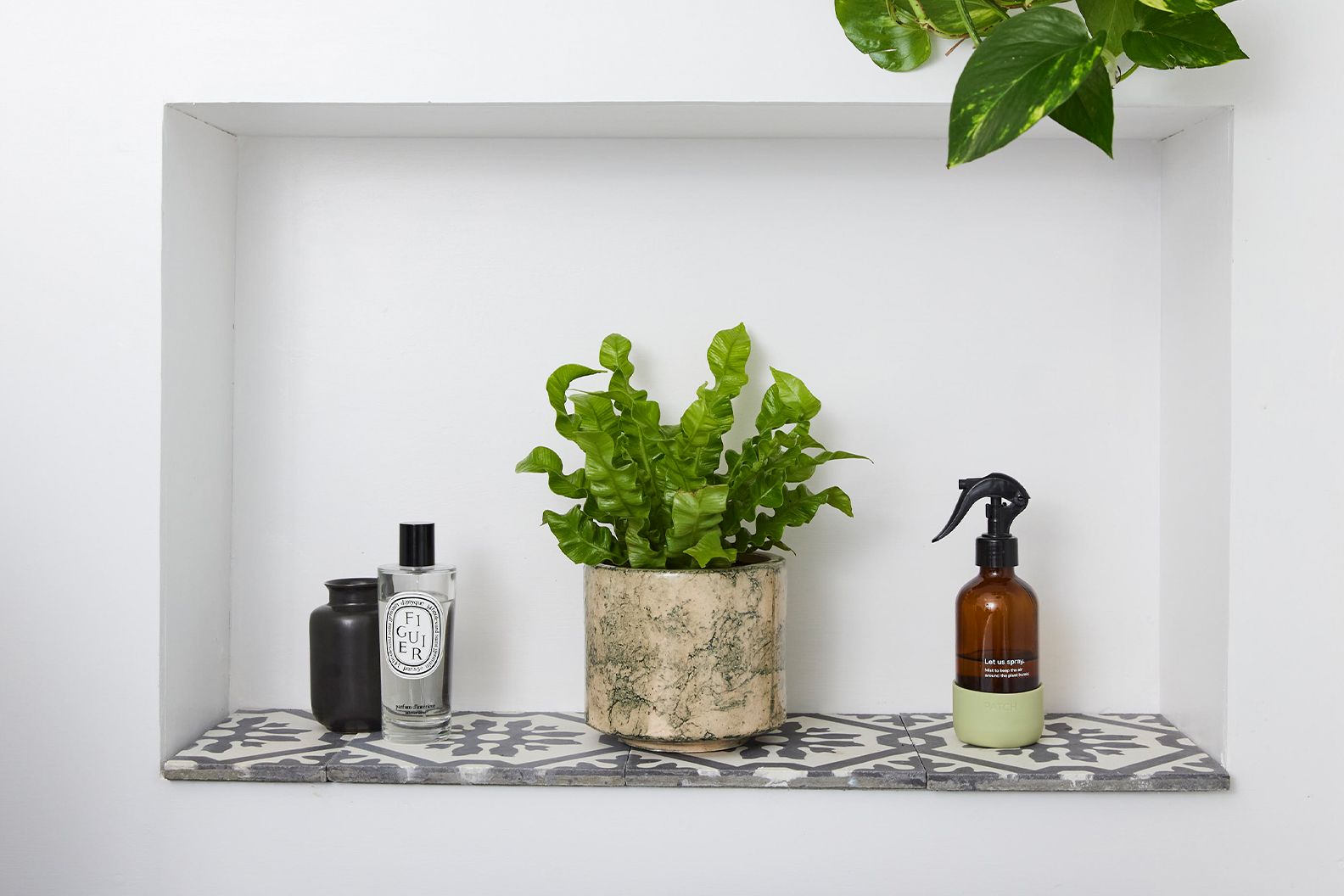
How often should I water my bird’s nest fern?
Like most ferns, a bird's nest fern prefers moist soil but can't tolerate waterlogging. Water your plant when the top inch of soil feels dry to the touch, and make sure the pot has drainage holes to stop water from pooling in the soil. Avoid letting the soil dry out completely, this can damage the fern's delicate roots.
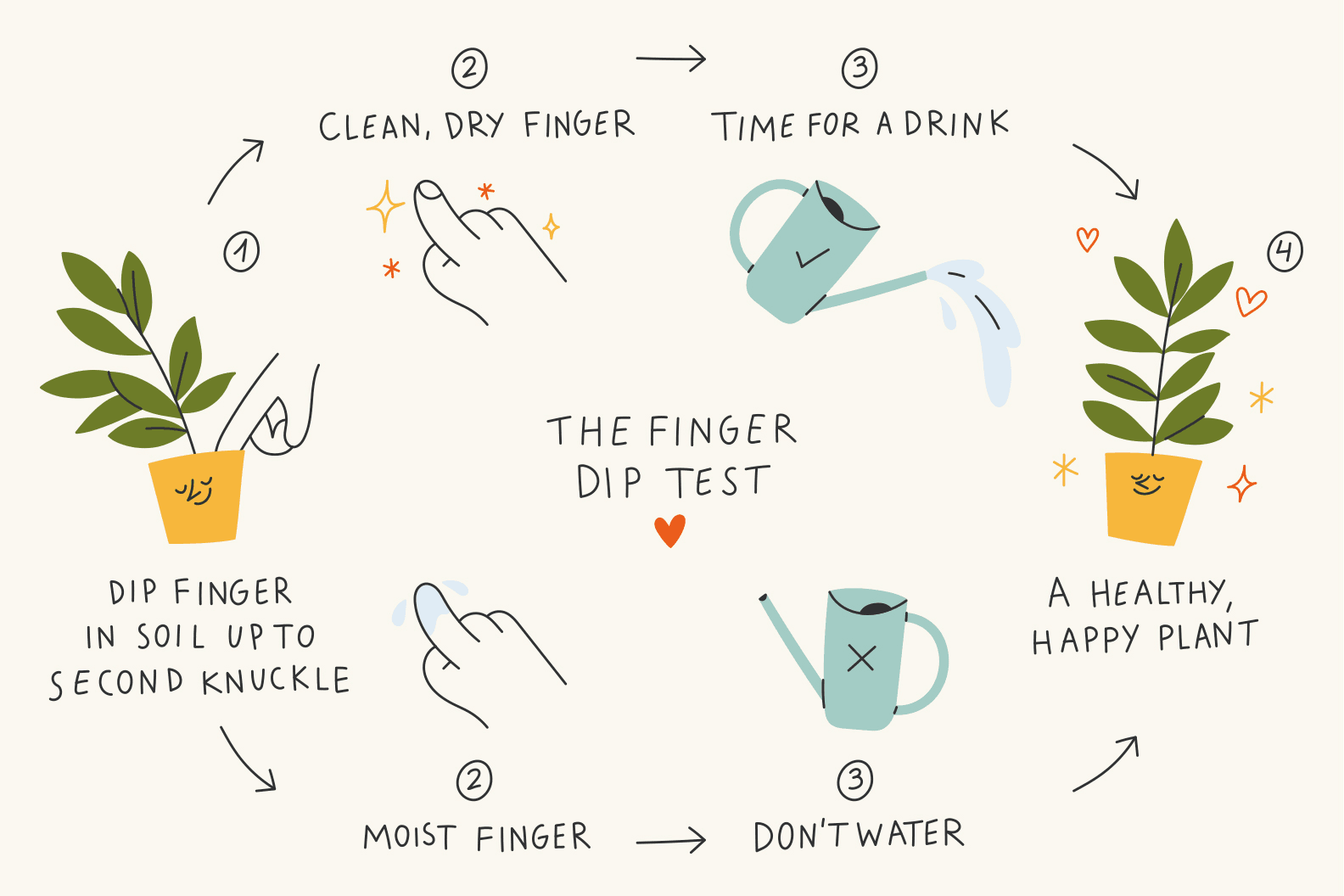
Does my bird’s nest fern need a humid environment?
A bird's nest fern requires high humidity levels to thrive. It's important to keep the air around your plant moist, especially during the winter months when indoor heating can dry out the air. You can increase humidity levels by misting your plant with water, placing a humidifier nearby, or setting the pot on a tray filled with pebbles and water.
Should I fertilise my bird’s nest fern?
Feeding your bird’s nest fern will help promote healthy growth. Add a balanced, water-soluble fertiliser to your watering routine every two to four weeks during the growing season (spring and summer). Avoid fertilising during the winter months when the plant is dormant.
Do I need to prune my bird’s nest fern?
Pruning will help maintain the shape and size of your Bird's Nest Fern. You can prune your plant at any time of year to remove any dead or yellowing foliage or to control its growth. Use sharp, clean scissors or pruning shears and make clean cuts to prevent damage to the plant.

Common bird’s nest fern pests and diseases
The bird's nest fern is generally not susceptible to pests, but occasionally they may become home to spider mites or mealybugs. If you notice any signs of infestation, like yellowing leaves, sticky residue, or small insects, treat your plant with insecticidal soap. Then repeat the treatment every seven to ten days until the infestation is under control.
Can I propagate my bird’s nest fern?
Bird's nest ferns can be propagated through division or spores. To propagate through division, carefully separate the plant into smaller sections, making sure that each section has a healthy root system. To propagate through spores, wait until the fronds on your plant have matured and are producing spores. Place a piece of paper under the fronds to catch the spores as they fall. Sprinkle the spores on the surface of moist potting soil and keep the soil moist until new growth appears.
Bird's nest ferns are beautiful and unique indoor plants. With a little patience and attention, your bird's nest fern will feel right at home.
Rewild your inbox
Plant tips. Special offers. No spam.
You might like
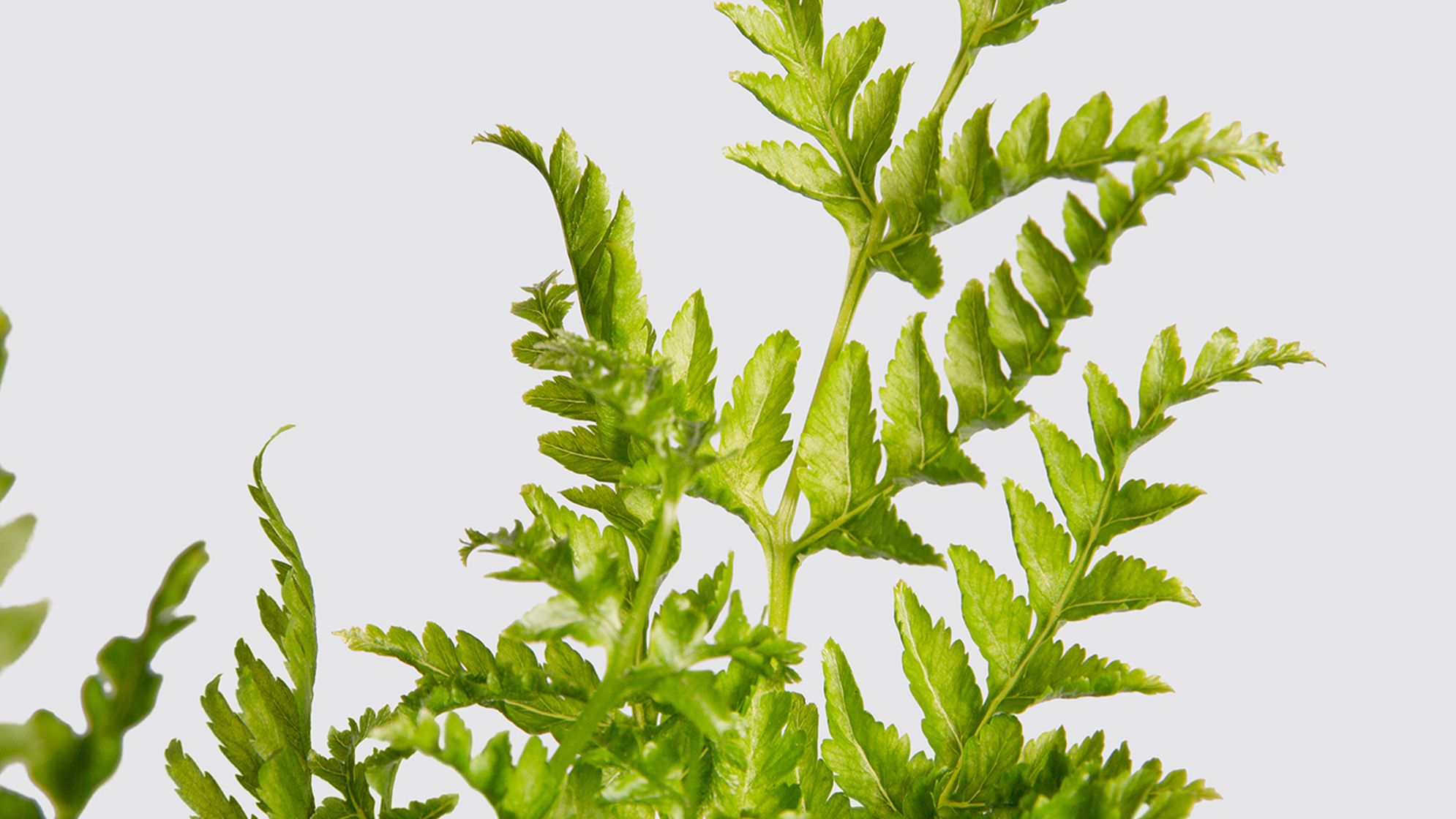
Complete guide to silver lace fern care
Meet your next frondy friend
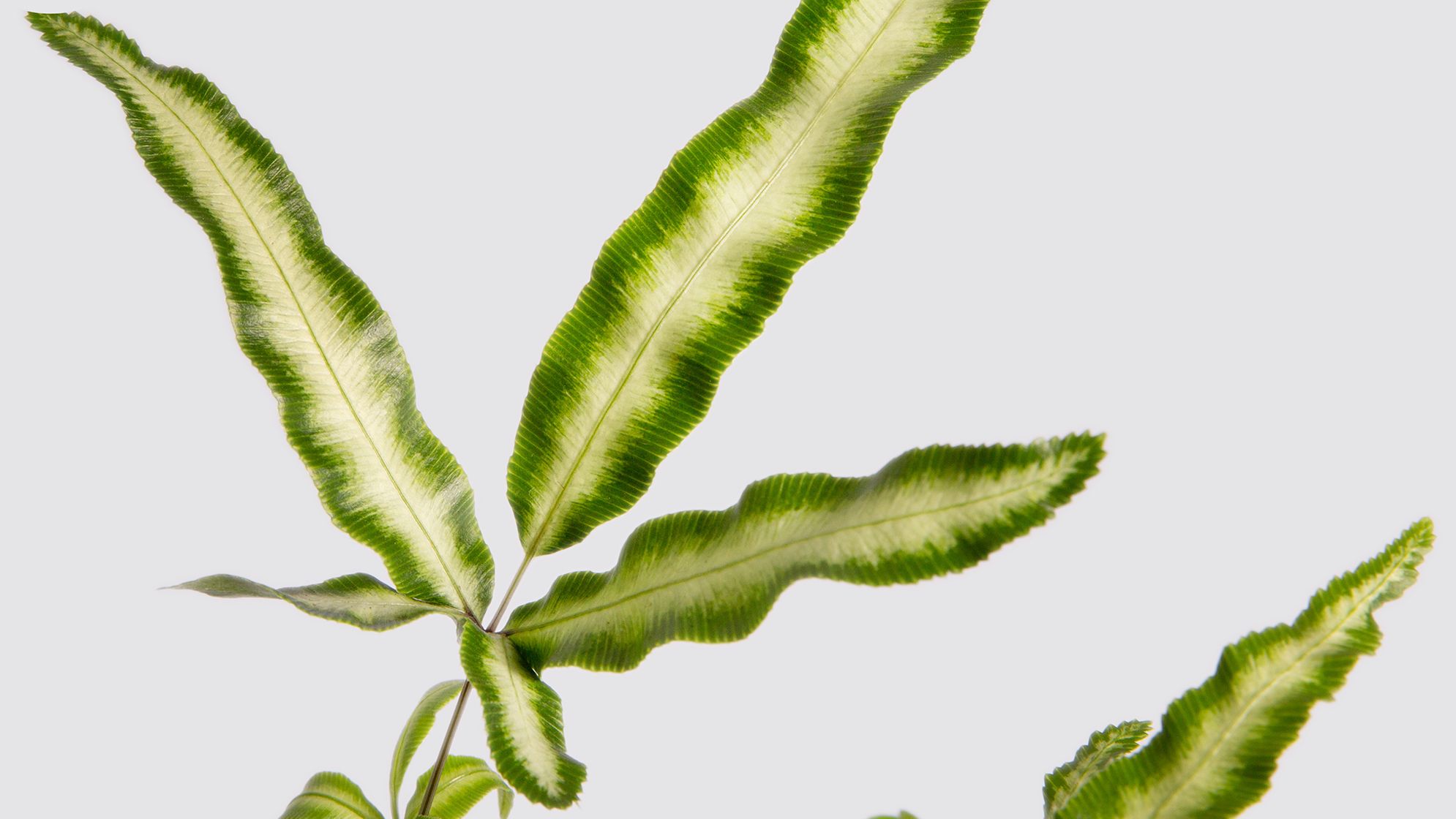
Complete guide to silver ribbon fern care
Get a feel for fronds
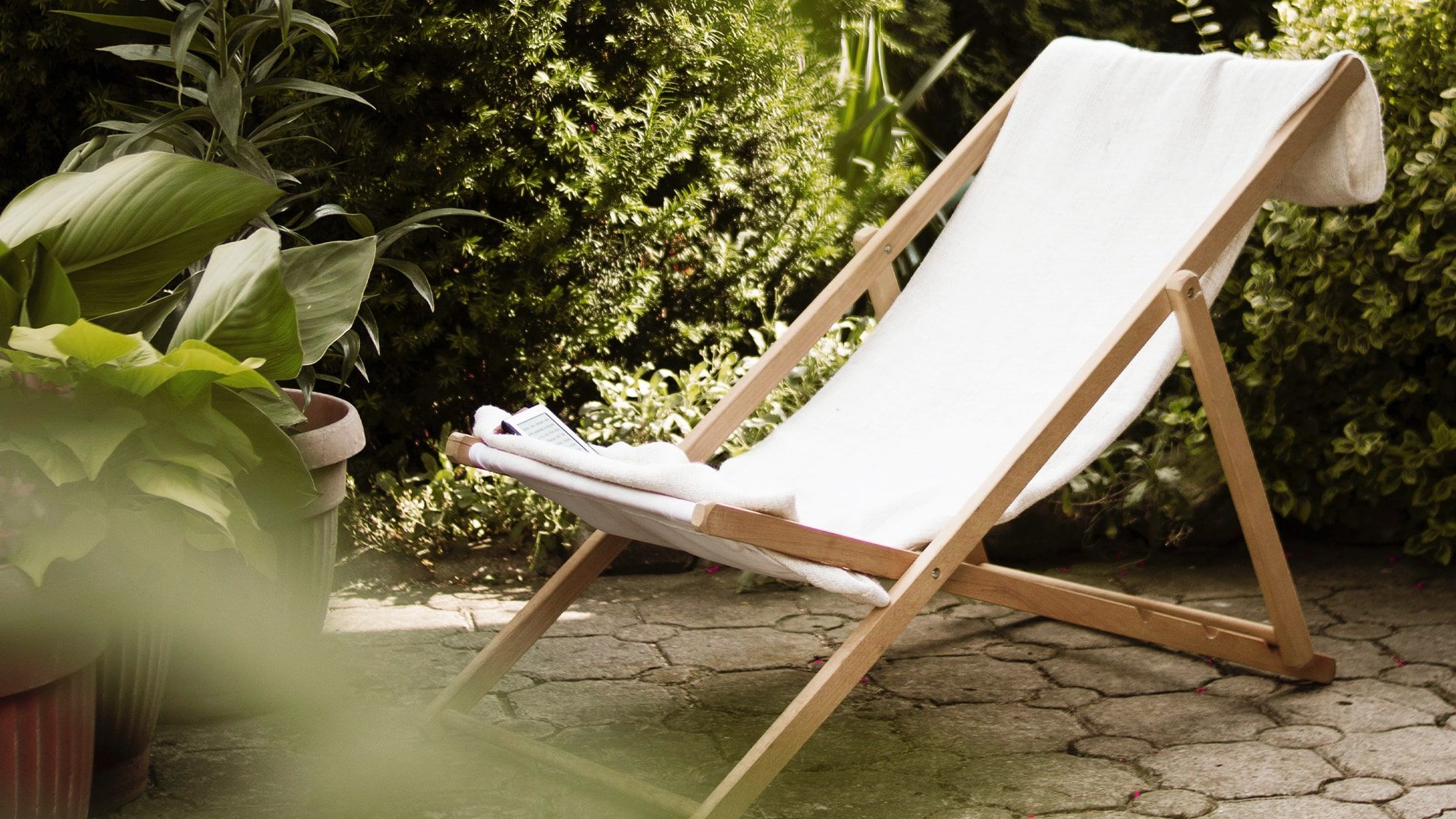
How to decorate your outdoor space
Create an enviable plant paradise by decorating your own outdoor space
